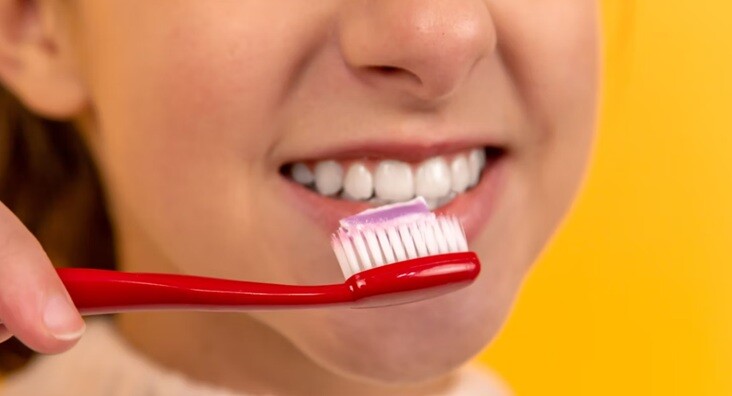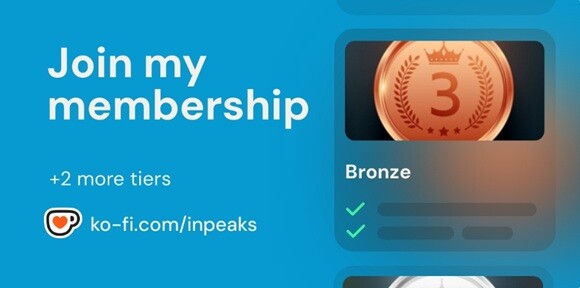Oral hygiene improves when small habits become consistent, and when tools and reminders fit your age, routine, and comfort. This guide explains four connected steps that strengthen teeth and gums while keeping the effort simple to repeat. You will see how brushing, cleaning between teeth, nutrition choices, and professional care support each other effectively, and how small adjustments prevent confusion, so daily care remains steady across busy weeks and changing seasons.
Daily brushing basics
Daily brushing that suits any age means you use a soft brush and take time, because steady care usually reduces buildup and keeps surfaces clear, and you keep doing it morning and night. You brush with small movements that stay gentle along the gumline, and you angle the bristles so contact is even, while you try to reach back teeth that are often missed. You apply a pea-sized amount of fluoride toothpaste if appropriate for your stage, and you let the paste remain before rinsing lightly, since a light rinse might help the ingredient continue working. You replace the brush head on a regular cycle, since worn bristles could be less effective and may feel rough against tissues. You store the brush in a clean and upright place, and you allow it to dry between uses, because moisture invites residue that you might prefer to avoid. You coach children with patient reminders, and you support older family members with simple tools, while you keep the routine calm and predictable. These basics stay similar across life stages, yet the timing and tools can change, so you adjust details while the core habit remains generally stable.
Fluoride use and gentle technique
Fluoride use and gentle technique work together across ages to support enamel and comfort, and this pairing might make daily care simpler because the approach focuses on small, steady actions that you repeat. You select a toothpaste with a fluoride concentration appropriate for your child’s age and avoid swallowing the paste during brushing. If your gums are sensitive, place the toothbrush bristles at a slight angle to your gumline and use small strokes to sweep the debris away without scraping. It takes you about 2 minutes to cover, and you divide the mouth into sections, so that it’s not done in one quick swipe over, but each area gets its share. You can consider an electric brush if grip or dexterity changes, since a powered handle often assists with consistent motion and may include helpful timers. You reduce hard scrubbing, and you keep the pressure even with a light hand, because heavy force sometimes leads to wear that you would prefer to prevent over time and across areas. These techniques remain easy to learn at any age, and they usually become routine with repetition, so you keep refining small parts until they feel natural during your regular care.
Cleaning between teeth and simple rinsing
Cleaning between teeth and making simple mouth rinse choices form another step that applies at every life stage, and this step usually supports places that a brush misses while supporting your routine. You use floss, interdental brushes, or water flossers, depending on spacing, and you try different options until one feels practical to keep, since convenience often predicts whether you continue. You slide gently under the gumline and wrap around each tooth in a C shape, and you move to a clean section as you go, so leftover debris does not move around. You may add a fluoride or alcohol-free mouth rinse if suitable for your needs, and you follow label directions, while you avoid overusing antiseptic products that could dry tissues. You look at daily patterns like frequent snacking or sticky foods, and you plan simple substitutions such as rinsing with water after meals, since small changes could reduce residue. Because accessible tools promote speedy usage, you pack a compact kit for travel and keep supplies visible at home. These options can accommodate braces, aligners, and dental procedures, so you can stick to the strategy while the items or timing change.
Routine checkups and age-aware habits
Routine checkups and age-aware habits round out the plan by giving you scheduled points to review progress and small adjustments, and this part might keep issues manageable because guidance arrives before problems grow. In particular, an oral health expert provides clear direction on preventive care and helps you organize appointments. This guidance could make choices easier when you are unsure about timing or product selection. You book cleanings and exams on a regular cadence, and you bring notes about sensitivity, grinding, or medication changes so that updates can be made with simple advice.
You ask about sealants for children, and you discuss fluoride options for teens, while adults consider night guards or desensitizing pastes if recommended. You review dry mouth risks with healthcare providers when medications shift, and you ask about gentle products that support moisture, since comfort often influences brushing and flossing. You check fit and cleanliness for appliances like retainers or dentures, and you learn cleaning routines that are easy to repeat at home each day. These simple visits and habits avoid surprises, so you can keep the calendar constant, adjust to life events, and maintain a realistic routine for your stage.
Conclusion
Care for teeth across different stages might work best when you rely on simple habits, steady products, and guidance that stays realistic for your situation. The ideas described focus on brushing, cleaning between teeth, supportive ingredients, and sensible visits, while details could change with needs. Keeping the process calm and predictable, noticing little concerns early, and choosing adaptable phases that match everyday living make maintenance possible.
You may also like to read,











